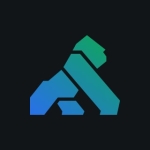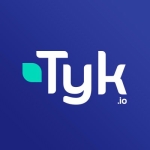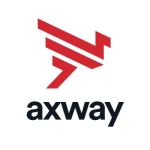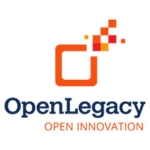We have many use cases. We are doing an enterprise install for all CA API management tool searches which are covered under the ELA, Enterprise License Agreement. We have close to a 100 plus use cases that we want to deploy, the next is over a six months to one year timeline.
There are many things, which are really good, like the Gateway. That's really great and pretty useful. The Mobile API Gateway is also great.
We have not tested it to the extent that we should. Maybe six months down the line we will have a better picture.
At a high level, I would say the portal is a pain. CA double up portal is a pain. It is something that we are struggling with right now. That is just one of the products which is probably not sufficiently satisfactory. We are struggling to get it installed to be used now.
It is not a fully-baked product as a whole. So, individual solutions may be good, but they are evolving in their silos. There needs to be wholistic thinking about how each one of these products functions. Each one of these CA products under API management needs to work in synergy, and evolve in a more cohesive, coherent way so we as enterprise we can take it seamlessly without much pain.
Less than one year.
We have not used technical support yet.
We have ELA with other product vendors, like IBM and Oracle. However, we thought CA might be a good option based on their support within the account. The CA folks who are working, partnering with us within the account and our organization, they have been very reachable and very cooperative.
So even though we have licenses with IBM and Oracle for the same kind of products, API management, we are going ahead with CA just because of the trust that they were able to build.
It was probably not that straightforward, because the vendor team (CA Services) struggled a bit.
We implemented using CA Services to come and install the software.
I felt there was a lack of expertise on CA's part, because there are many things within the API management. Maybe the consultant from CA services who came to our organization did not have the experience on all the tools that CA was releasing, which was why the initial setup may not have been straightforward for him. He was good with Gateway, but with the other pieces, he was struggling a bit. It took sometime for him.
We already have ELA with multiple product vendors. It is a matter of using which one we want and moving forward.
CA is worth trying. It is definitely a key contender in the API management space.
Most important criteria when selecting a vendor: size and brand value.















